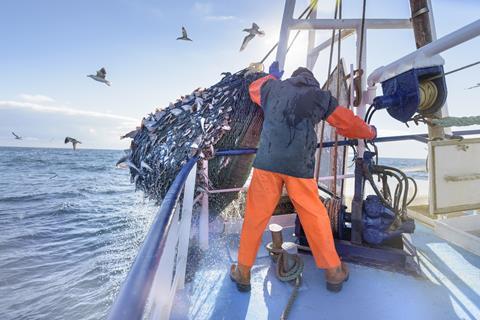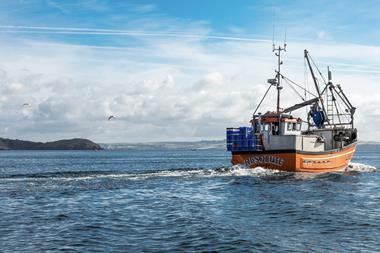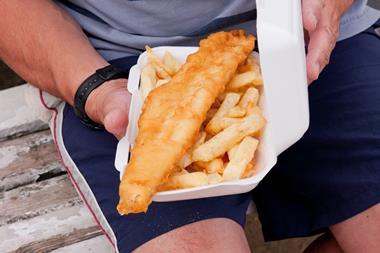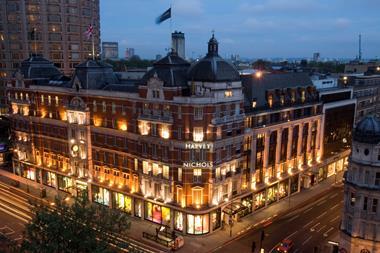
Fishing bosses have said new government plans to introduce Highly Protected Marine Areas into UK waters demonstrate the lack of a “coherent, joined-up government policy”.
Defra this week announced the government would designate the first three Highly Protected Marine Areas in English waters. They represent an enhanced level of environmental protection compared with its existing Marine Protected Areas.
The three sites will be designated before 6 July 2023. They are Allonby Bay (Irish Sea), Dolphin Head (Eastern Channel) and North East of Farnes Deep (Northern North Sea).
Defra said the areas would enable nature to fully recover by removing all harmful activities including fishing, construction and dredging, increasing marine biodiversity and supporting climate resilient ecosystems.
However, the new policy has been questioned by Barrie Deas, CEO of the National Federation of Fishermen’s Organisations. While Marine Protected Areas were “important and necessary … they should have clear conservation objectives based on clear evidence following meaningful dialogue with those whose livelihood will be affected”, he said. The government’s highly protected zones “meet none of these criteria”, added Deas.
He said the new policy areas had “no clearly defined purpose and are part of a wider programme to expand the MPA network at a speed that precludes collating the necessary evidence or meaningful dialogue”.
A report commissioned by NFFO and the Scottish Fishermen’s Federation by marine consultancy ABPmer suggested in the worst case scenario the UK would lose 50% of its fishing grounds over the next few decades, which Deas said had implications for fishing businesses, fishing communities, fisheries management and marine ecology outside the areas.
“There is an absence of a coherent, joined-up government policy to the deal with the scale of fisheries displacement that this expansion, in combination with the accelerated expansion of offshore wind implies,” he said.
However, the government said it consulted on five pilot sites last year to gather a wide range of views and additional evidence to help inform which Highly Protected Marine Areas would be designated, receiving over 900 responses.
Two sites – Lindisfarne and Inner Silver Pit South – will not be taken forward to designation and additional sites will be explored.
“Our comprehensive Environment Improvement Plan sets us on a path to deliver an improved marine environment and halt the decline in biodiversity, which benefits us all,” said environment secretary Thérèse Coffey.
“Highly Protected Marine Areas are a vital step forward in enabling our ecosystems to thrive, increasing climate resilience and ensuring we have a healthy and productive marine environment for generations to come.”

















No comments yet